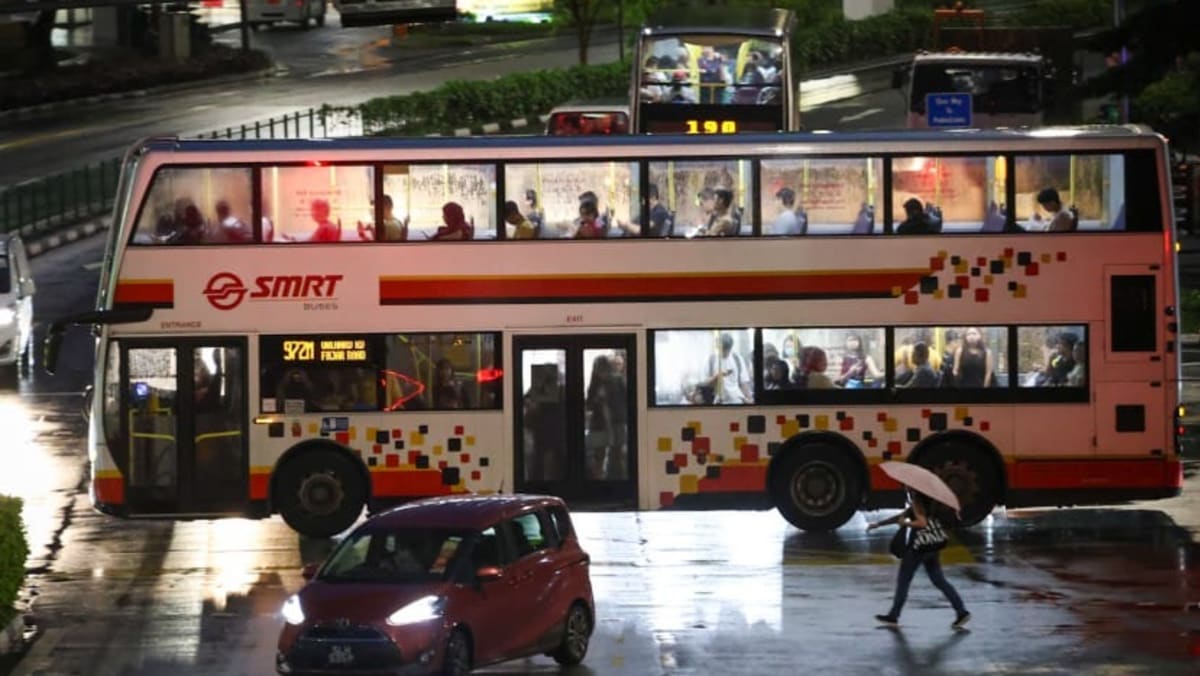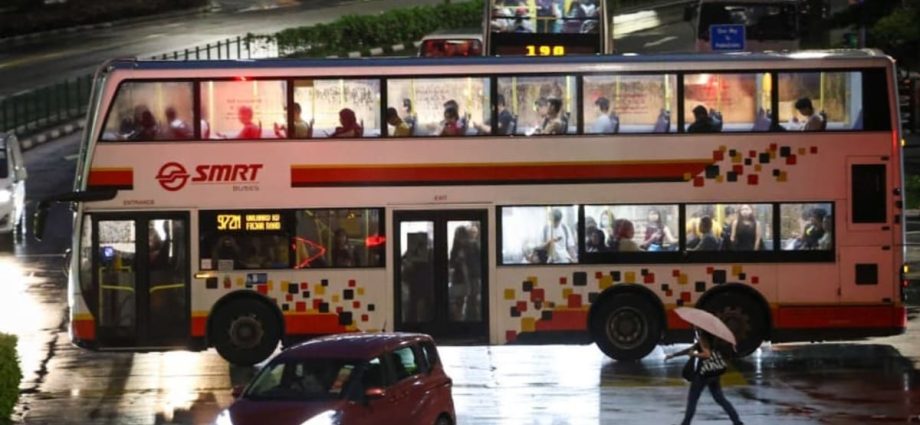
In the process, some bus services may “inevitably offer redundancy” to the MRT system for at least part of their routes, said Associate Professor Walter Theseira from the Singapore University of Social Sciences (SUSS).
“However, the main aim of these bus services should be to connect routes poorly served by MRT, rather than to provide redundancy per se,” he said.
Buses should not completely replicate the rail network like a parallel rail service, he added.
To prevent duplication and the wastage of resources, some rationalisation of parallel bus routes would be inevitable when a faster MRT alternative is made available, said transport engineering consultant Gopinath Menon.
Yet, at the same time, some duplication should be “tolerated” for commuters who still prefer to travel by buses because bus stops are closer for them to get to, or if they are making short trips, he added.
In deciding which bus services should be rationalised, Mr Menon said a main factor could be the number of passengers that the service carries per day.
“It may not be desirable to get all (these) bus passengers on the MRT, which is crowded during the peak periods,” he said.
Additionally, the availability of such duplicated popular bus routes could also prove useful in the event of an MRT breakdown.
Ultimately, “reasonable choices should always be given in any public service” including public transport, said Mr Menon.
For SUSS’ Assoc Prof Theseira, a guiding principle in planning the public transport network lies in balancing the cost of its operations with the service quality offered to the public.
“You want to try to provide good services to as many commuters as possible, but you eventually run into routes which are relatively expensive to operate, and which only make a small difference in service quality, for a small number of commuters,” he said.
“These are the routes which are prioritised for service rationalisation. Now, these routes might be very, very important for those commuters. But from the system perspective, they end up costing a lot and deliver relatively little on the margin.”
In Singapore’s case, what the authorities are also gradually working towards is “redundancy in terms of the high capacity MRT system, rather than redundancy in the form of bus services that parallel the MRT lines”, said Assoc Prof Theseira.
For example, the growth in new MRT lines means commuters in the north now have two ways of reaching town by MRT – via the North-South and Thomson-East Coast lines – and can use one if the other is down, he added.
“The reason (for building redundancy through the MRT network) is that the MRT system is far better positioned to accommodate the commuter volumes resulting from one line being disrupted, than the bus system is,” he said.
MANAGING BUS SERVICE CHANGES AND PUBLIC COMMUNICATIONS
While rationalisation is unavoidable, how changes to bus services are implemented and conveyed to the public are key to how they are received, said transport analysts, MPs and commuters.
Ideally, the authorities should announce the proposed changes to bus services and routes, and consult affected commuters, before finalising and implementing the changes based on this feedback, they told TODAY.
The LTA spokesperson said that prior to adjusting bus services, it would carry out a review to “assess the impact (of the change), and ensure alternatives remain available to commuters”. Stakeholders are also consulted on their feedback and suggestions.
After the adjustments are implemented, the authority would continue to “monitor the situation closely” and make further adjustments where necessary, the spokesperson added.
Dr Lim noted that while LTA conducted “some public consultation” before announcing the proposed changes to bus service 167, he believes that more could have been done prior to its actual implementation.
For example, the authority could have announced the proposed changes and collected feedback from existing commuters, before finalising them.
This would give LTA a better understanding of how commuters may react, while also allowing the latter more time to provide their feedback and make the necessary adjustments, Dr Lim added.

